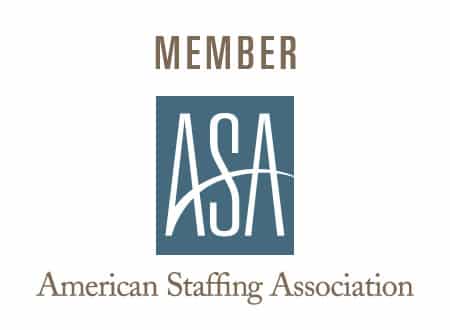Working as a temporary employee can be a daunting task.
Think about it for a minute. With each new assignment, a contingent worker faces a fresh set of challenges. He has to: find his way to and around a new work location; learn how to use new computer systems, tools, machinery or other equipment; fit into an entirely unique corporate culture. Oh, and while he does all this, he also has to be instantly productive in his new position.
Although he’s used to managing the change inherent in his role, an effective onboarding process for temporaries can help smooth his transition into your organization.
Your staffing service should take a leading role in onboarding contingent workers. As their employer of record, Wood Personnel makes sure that all our employees’ paperwork (employment documentation, background checks, etc.) is in line and provides them with thorough descriptions of their assignment responsibilities. For high volume staffing users, we can even develop customized orientation materials to ensure our employees are properly introduced to your company and their positions.
You can help ensure your contingent workers are productive, safe and efficient by helping to onboard them, too. In her Staffing Industry Analysts blog, Subadhra Sriram recommends the following tips to help you orient and assimilate temporary and contract workers:
- Have contingent workers complete online forms before their assignments start. Instead of spending valuable time filling out paperwork when they arrive, our employees can immediately begin working for you.
- Provide us with clear and detailed job descriptions, as well as performance expectations. Sharing this information before the assignment starts helps ensure all parties are on the same page – and are working toward the same goals.
- Give your temporary and contract workers the support they need. Make sure they know to whom they report and who can answer their questions. Have all the materials they will need to perform their work available and set up.
- Establish a collegial working environment. Before a temporary arrives, tell your direct staff about his role and how they can welcome/support him. Once he’s there, take a few minutes to properly introduce the temporary to his co-workers, show him where the break room and restrooms are, etc.
These steps may sound small, but they will truly make a big difference to your contingent workers. Treat them with care and they’ll return the favor.


